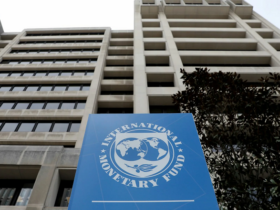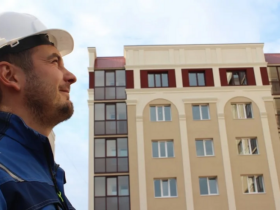The full plaster layer applied to the surface consists of three sequentially applied layers.
A layer that is applied first called – spray.
This, in fact, is the base of future plaster. It is applied to a moisturized surface with a continuous (without passes) layer. On hard surfaces (brick, concrete), a spray layer should be about 5 millimeters.
For this layer, the solution is used as liquid as possible, that is, water in it should be approximately 60%. The meaning of spraying is that it, flowing at all cracks and roughness, is firmly fixed on the surface and will continue to keep the subsequent layers on itself.
Before applying this first layer, the surface is thoroughly moistened so that it does not take moisture from the solution. Apply to spray or smear.
Dear friends, if you are looking for equipment for plastic pipes, then follow the link. There you can find equipment for polyethylene pipes for delicious prices.
The second, the intermediate layer is called soil. With its help, the necessary coating thickness is created, and all defects are aligned. The consistency of this layer is customary to call the cream -shaped. This is achieved in the solution of about 35-40%. The soil is applied, as well as the spray, and if the first layer at the time of application of the second managed to dry, then it is also moistened.
If necessary, apply soil of large thickness, then this is done in several layers, each about 5 millimeters thick. Each of the intermediate layers is thoroughly aligned with the rule and, if necessary, make a “pile” with a special comb.
The last, third layer is called the cover. The task of this layer is the final leveling of the surface and the creation of a smooth and thin film for subsequent grouting.
The thickness of the covers usually reaches from 2 to 4 millimeters. This last layer is applied to the wet surface.
A solution for covers should not be strong (it will be difficult to wipe it) and oily (this will not give a clean surface).










